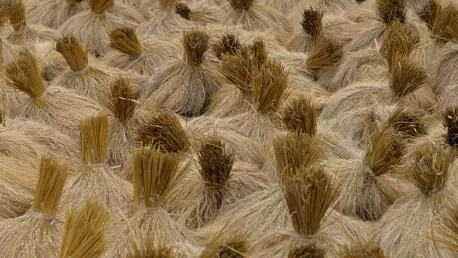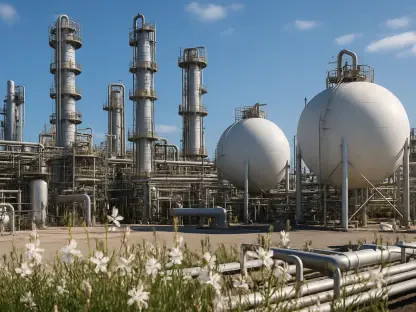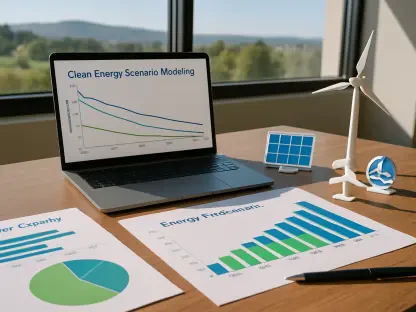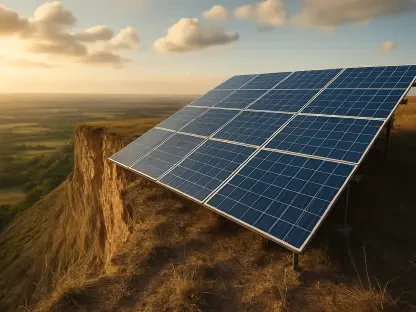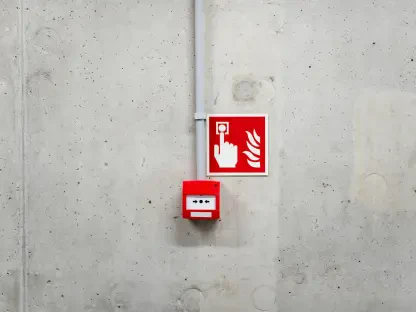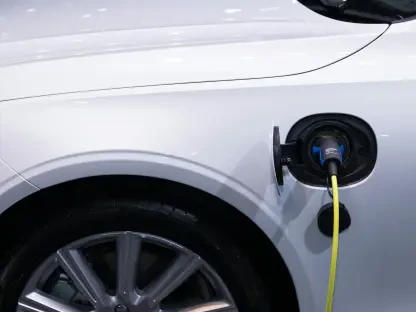In a remarkable stride toward sustainable agriculture, the Rice Straw Bioenergy Hub in Pila, Laguna, opened its doors on October 7, unveiling a transformative solution for rice farming in the Philippines. Spearheaded by Straw Innovations Inc. in partnership with a diverse array of national and international collaborators, this pioneering facility reimagines rice straw—a common agricultural byproduct often burned or discarded—as a valuable asset. By converting this waste into clean energy, biochar, and soil enhancers, the Hub addresses pressing environmental concerns while offering a lifeline to farmers grappling with escalating costs and stagnant incomes. This initiative stands as a beacon of innovation, demonstrating how agricultural challenges can be turned into opportunities for economic growth and environmental stewardship through smart, scalable solutions.
Redefining Agricultural Waste Management
The core mission of the Hub centers on revolutionizing how rice straw is handled, shifting the narrative from waste to resource in the agricultural sector. Historically, farmers have resorted to open-field burning to clear fields, a practice that releases harmful pollutants and greenhouse gases. The facility introduces an alternative by transforming rice straw into biogas for renewable energy, biochar for soil enrichment, and compostable materials for livestock bedding. Advanced machinery, such as the Straw Traktor® and Takavator™, ensures efficient collection and processing, even in challenging wet field conditions. This approach not only reduces environmental harm but also establishes a model of circular agriculture, where every byproduct finds a purpose, fostering a more sustainable farming ecosystem.
Moreover, the technology deployed at the Hub is designed to be practical and adaptable to local needs, ensuring that farmers can integrate these solutions without disrupting their routines. The processing systems are tailored to handle large volumes of straw, turning what was once a disposal problem into a steady supply of usable products. For instance, biogas production offers a renewable energy source that can power rural communities, while biochar improves soil health over time. These innovations signify a major leap forward, proving that sustainability does not have to come at the expense of efficiency or profitability for those working the land.
Elevating Farmer Livelihoods Through Innovation
A key pillar of the Hub’s vision is the economic empowerment of local farmers, placing them at the forefront of this agricultural revolution. By providing affordable access to specialized equipment, the initiative enables local operators to deliver cost-effective services for land preparation and harvesting. This directly alleviates the financial burden on farmers, who often face high operational costs with little return. Early feedback from pilot sites paints an encouraging picture—many farmers have seen a notable increase in their earnings, allowing them to invest in home improvements and secure educational opportunities for their children, thus breaking cycles of poverty.
Beyond direct financial benefits, the Hub creates additional income streams through alternative uses of rice straw, such as bedding for swine farms that can later be composted. This not only cuts down on waste management expenses but also opens new markets for farmers to explore. The ripple effect of these economic gains strengthens entire communities, fostering resilience and hope for a more prosperous future. By embedding farmer-centric solutions into its framework, the initiative ensures that sustainability translates into tangible, life-changing outcomes for those who need it most.
Advancing Environmental Sustainability
Environmental protection lies at the heart of the Hub’s operations, addressing some of the most pressing climate challenges tied to rice farming. Open-field burning of straw releases methane, a potent greenhouse gas, contributing significantly to global warming. By preventing this practice and redirecting straw into biogas production, the facility slashes emissions while generating a clean energy source for rural areas. This aligns seamlessly with the Philippines’ commitments under the Paris Agreement, showcasing how agricultural innovation can support broader climate resilience goals and reduce the sector’s carbon footprint.
Additionally, the use of biochar as a soil amendment offers long-term benefits for environmental health and food security. When incorporated into farmland, biochar enhances soil fertility, retains moisture, and sequesters carbon, creating a healthier growing environment. This dual focus on emission reduction and soil improvement positions the Hub as a critical player in the fight against climate change. It demonstrates that sustainable practices can yield immediate environmental gains while laying the groundwork for enduring agricultural productivity.
Fostering Collaborative Success
The achievements of the Hub are deeply rooted in a powerful network of partnerships that span both local and global spheres. National agencies, including the Department of Agriculture and the Department of Energy, alongside local governments in Laguna, provide essential support to ensure the initiative meets regional needs. Their involvement guarantees that policies and resources are aligned with the realities faced by farmers, creating a solid foundation for implementation and scalability across other areas of the country.
On the international front, collaborations with esteemed organizations like Aston University and Innovate UK, supported by diplomatic ties through the British Embassy Manila, highlight the global relevance of this project. These partnerships bring cutting-edge expertise and funding, amplifying the Hub’s impact while fostering cross-border knowledge exchange. This collective effort reflects a unified belief that addressing climate and agricultural challenges requires cooperation across sectors and nations, setting a precedent for future endeavors in sustainable development.
Paving the Way for Future Progress
Reflecting on the journey, the launch of the Rice Straw Bioenergy Hub marked a turning point for farming communities in Laguna, offering a glimpse into what sustainable agriculture could achieve. The strides made in curbing environmental damage, uplifting farmer livelihoods, and forging strong partnerships underscored a historic shift toward circular farming practices. Looking ahead, the focus should center on scaling these innovations to other regions, ensuring that more farmers gain access to transformative technologies. Policymakers and stakeholders must prioritize funding and training programs to sustain momentum, while exploring how these solutions can adapt to diverse agricultural landscapes. The path forward lies in building on this foundation, turning localized success into a nationwide movement for greener, more equitable farming systems.
